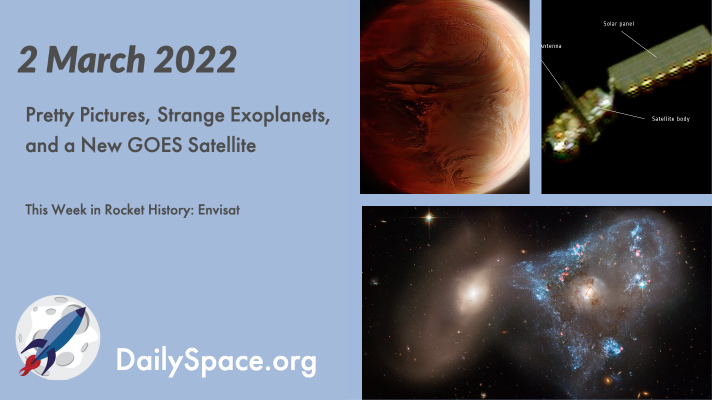
Mar 3, 2022 | Daily Space, ESA, Exoplanets, Galaxies, Kepler, Neutron Stars / Pulsars, Observatories, Random Space Fact, Rockets, Space History, Spacecraft
To bring some joy into a fraught world, we have rounded up a few of the latest image releases of star mergers and galaxies to brighten your day. Plus, we’ll look at a few strange exoplanetary systems and their amazing science, talk about the latest GOES satellite to launch, and this week in rocket history is all about Envisat.
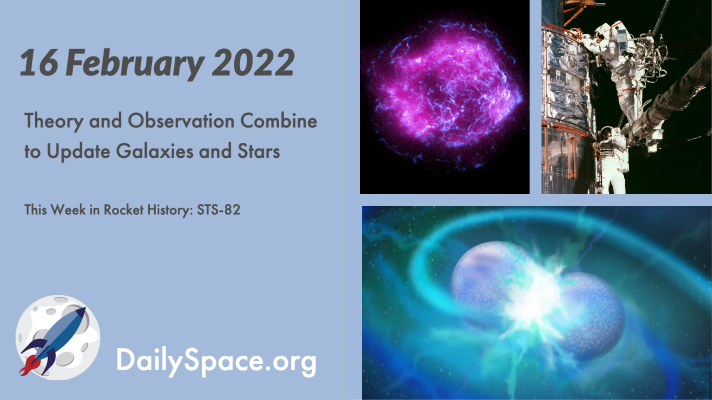
Feb 17, 2022 | Crewed Space, Daily Space, Dark Matter, Galaxies, IXPE, Moon, Space China, Space History, Spacecraft, Stars, White Dwarfs
Today, our view on the universe gets itself an update thanks to the combined efforts of theorists and observers. From a new understanding of how galaxies can lose their dark matter, to how white dwarfs can be resurrected into helium-burning stars, we have the weird, the wonderful, and in the case of a new lunar tracking system, we even have a touch of the mundane. Plus, this week in rocket history, we look back at STS-82 which serviced the Hubble Space Telescope.
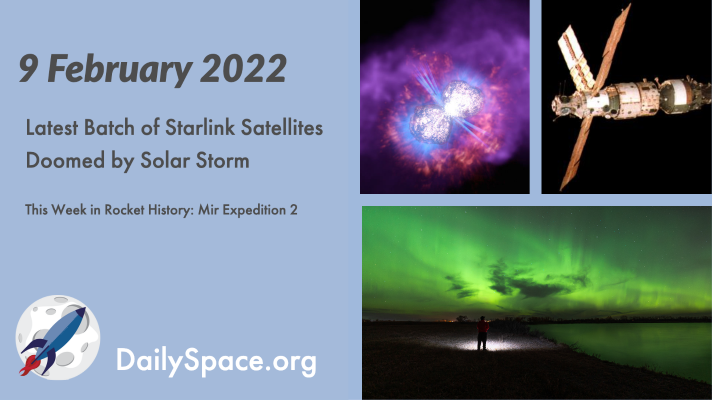
Feb 10, 2022 | Asteroids, Crewed Space, Daily Space, Random Space Fact, Space History, Spacecraft, SpaceX, Starlink, Supernovae Remnants
SpaceX launched another 49 Starlink satellites last week, but a geomagnetic storm caused by solar activity kept the satellites offline, and 40 of them failed to reach their final orbits after exiting safe mode. They are now deorbiting and breaking up in the Earth’s atmosphere. Plus, asteroid systems, Eta Carina, and this week in rocket history, we look back at Mir Expedition 2.
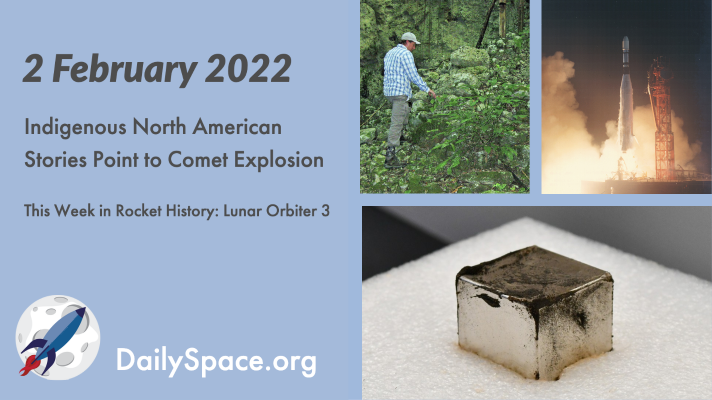
Feb 3, 2022 | Asteroids, Comets, Daily Space, Earth, Exoplanets, Moon, Random Space Fact, Rockets, Space History, Spacecraft, White Dwarfs
By collecting and analyzing stories from a variety of indigenous cultures in North America, researchers find evidence for a mid-air explosion of a comet or asteroid, similar to the Tunguska event. Plus, a new Trojan for Earth, volcanoes and dinosaurs, ancient Mexican cacao groves, and this week in rocket history is Lunar Orbiter 3.
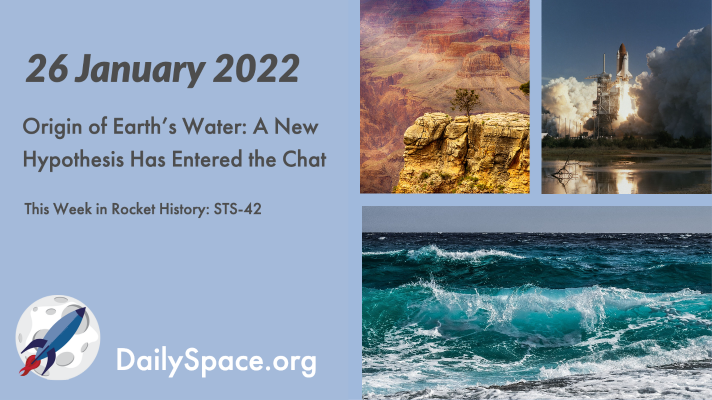
Jan 27, 2022 | Astrobiology, Crewed Space, Daily Space, Earth, Milky Way, Physics, Rockets, Space China, Space History, Spacecraft
For decades, scientists have been trying to work out just how the Earth got all its water, and the prevailing theory was that comets and asteroids brought it, and we have evidence for that mechanic; however, a new hypothesis has provided evidence that the water was already here, locked away in hydrous minerals in a very iron-poor core. Plus, magnetic fields, subatomic particles, life on the ocean floor, a geology mystery solved, and this week in rocket history covers a space shuttle mission with some really neat science.
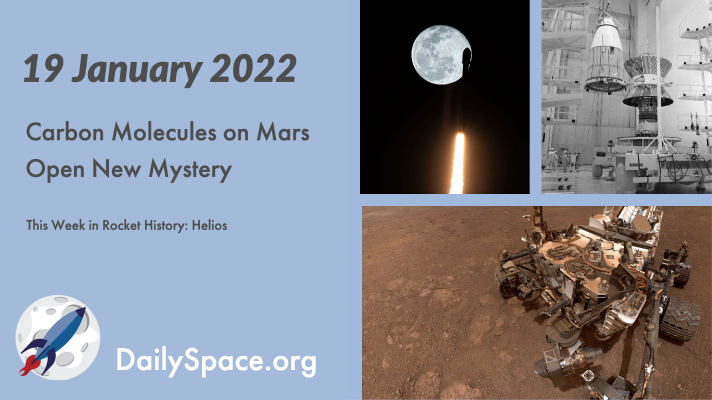
Jan 20, 2022 | Astrobiology, Cosmology, Curiosity, Daily Space, Mars, Neutron Stars / Pulsars, Rockets, Space History, Spacecraft, SpaceX, Starlink, Stars, Supermassive Black Holes, White Dwarfs
NASA’s Curiosity rover has discovered carbon isotopes on Mars which are usually caused by the degradation of biological methane, leading scientists to examine other potential reasons for the molecules. Plus, more Starlink satellites, their impact on observing, and This Week in Rocket History.








 We record most shows live, on Twitch. Follow us today to get alerts when we go live.
We record most shows live, on Twitch. Follow us today to get alerts when we go live.